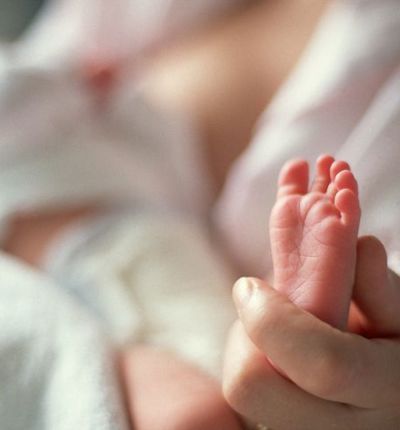
You are not alone - perineal tears and childbirth injuries
Medical negligence solicitor Lauren Tully considers injuries to the perineum during birth
Posted on 21 March 2019
I was watching Call the Midwife a couple of weeks ago when the patient’s baby was in an unusual position and an episiotomy was required.
An episiotomy is where a surgical cut is made through the perineum, the area between the vaginal opening and the anus, to enlarge the opening that the baby has to come out of.
Whilst I welcome anything that raises awareness, the suggestion was that an episiotomy is rare - but that is not actually the case.
Take a sample of ten of my first-time mum friends: four had uncomplicated vaginal deliveries, three had emergency Caesarean sections, one had an elective Caesarean section, one had an episiotomy and forceps and one had a perineal tear and an episiotomy.
If the thought of someone using scissors to cut that soft part of your body makes you wince then the thought of that part tearing will make your blood run cold.
Small, skin-deep tears are known as first-degree tears and usually heal without treatment. Tears that are deeper and affect the muscle of the perineum are known as second-degree tears, these usually require stitches. A tear that involves the muscle that controls the anus (the anal sphincter) is known as a third-degree tear. If the tear extends further into the lining of the anus or rectum it is known as a fourth-degree tear.
It is hard to pin down the statistics because the data takes quite a long time to collate but in the UK around 15% of women have episiotomies. Around 23% have second-degree tears and some 3% have a third or fourth-degree tear (also known as obstetric anal sphincter injury – OASI). This means that perineal trauma affects more than 200,000 women per year.
Second, third and fourth-degree perineal tears need prompt and accurate recognition and specialist medical treatment. If the severity of the tear was not recognised and properly repaired at the time of delivery, then the chance of permanent, life-changing injuries is much higher.
Many women who have an OASI suffer from the indignity of incontinence of faeces. They live in fear of an accident or a leak and so they struggle to return to work or go out socially or some even just leave the house to take the kids to school.
Others experience such pain and sensitivity of their perineum that every day tasks are uncomfortable and sex is unbearable. Less severe symptoms are also embarrassing and incredibly intimate and most women feel that suffering a birth injury is not ‘normal’ and so it is a lonely and isolating experience.
Often women who have suffered from an injury during their delivery develop anxiety, PTSD or depression and the ripple effect impacts on their relationships with their partners and children.
Even though there are a number of support groups and charities, a lack of awareness means that sometimes even health professionals do not know who to signpost patients to. Better education for medical professionals is vital to ensure that mothers are signposted to appropriate support charities such as the Birth Trauma Association which supports women who have experienced a traumatic birth or Bladder and Bowel UK which supports men and women with bladder and bowel problems.
The MASIC foundation is a charity that aims to help mothers with anal sphincter injuries following childbirth and offers practical advice on managing symptoms. MASIC also campaigns to improve healthcare policies to avoid these injuries, improve their detection and improve the rate of repairs after birth.
Whilst some might argue that the risk of serious injuries is rare and providing information would only scare expectant mothers, we know from our work with Birthrights that many women feel that they were not prepared for the complications that they experienced during labour or the long term effects of trauma.
Women need to be told about the risks and the possible consequences so that they know what to expect and can make an informed decision about their delivery.
Increased awareness before birth will also help eradicate the stigma associated with birth injuries and ensure that mothers who do suffer from perineal trauma are better supported by other mothers, health professionals and specialist groups.
Related blogs
Is it ok that we don’t talk about the chance of suffering a perineal tear in labour? by Despina Kavadas


